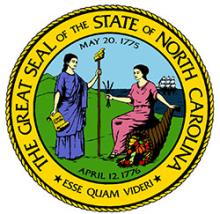NC Rural Electric Cooperatives Teach Model Collaboration
Throughout the October Broadband Communities Magazine conference, folks kept repeating this sentiment: some partnerships are smooth and others have rough patches. At the conference, we heard from several electric cooperatives who had partnered with other cooperatives to provide next-generation connectivity to their communities.
We specifically want to highlight the work of two North Carolina electric cooperatives: Lumbee River EMC and Blue Ridge Mountain EMC. They were both included in our report North Carolina Connectivity: The Good, The Bad, and The Ugly. Each co-op took the bold step of building a Fiber-to-the-Home (FTTH) network throughout sparsely populated regions. At the conference, we were able to learn first-hand about their experiences.
Despite the Distance: Lumbee River EMC & HTC
HTC Chief Executive of Marketing Brent Groome described how the two cooperatives collaborated despite being nearly an hour away from each other. Their work together has involved a commitment to similar values and dedication to improving rural communities. (Lumbee River EMC’s representative was unable to attend the conference as much of the service territory had suffered flooding from the recent hurricane.)
Lumbee River EMC’s entry into Internet service brought fiber connectivity to southeastern North Carolina. The co-op provides electricity to more than 50,000 members. In 2010, the USDA provided Lumbee River EMC with nearly $20 million in funding to install fiber. A state law, however, imposes certain restrictions on electric co-ops and USDA funding. The electric co-op had to find another company with the drive and expertise to provide Internet service.


